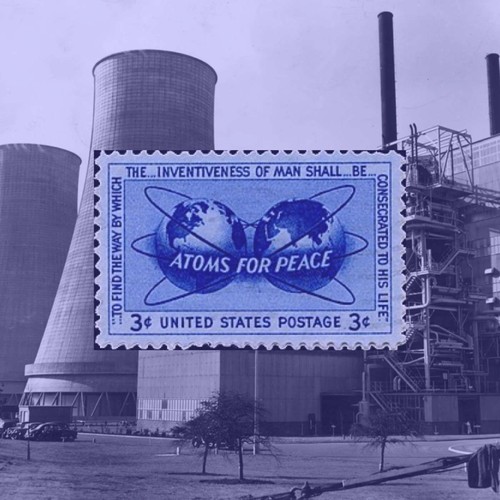
 English Learning for Curious Minds | A More Interesting Way To Learn English
English Learning for Curious Minds | A More Interesting Way To Learn English #518 | Atoms For Peace | The Early Years of Nuclear Power
Dec 5, 2024
Dive into the fascinating history of nuclear power, born from the shadows of nuclear weapons. Discover how President Eisenhower’s visionary "Atoms for Peace" initiative aimed to promote nuclear energy for civil use. Explore the political pressures, like the 1973 oil crisis, that pushed nuclear technology into the limelight. Learn about France's ambitious plans for nuclear independence and the protests igniting in West Germany. Finally, witness how incidents like Three Mile Island spurred safety concerns, setting the stage for modern debates on energy.
AI Snips
Chapters
Transcript
Episode notes
Eisenhower's 'Atoms for Peace' Speech
- In 1953, Eisenhower revealed the destructive power of atomic weapons, exceeding those used in Japan.
- He highlighted the Cold War's nuclear threat and countries stockpiling weapons.
Atoms for Peace
- Eisenhower's "Atoms for Peace" speech marked a turning point, suggesting atomic energy for peaceful purposes.
- Nuclear power generation uses a similar principle as nuclear weapons, but with controlled energy release.
1973 Oil Crisis and Energy Security
- The 1973 oil crisis, caused by an OPEC embargo on Israel's supporters, highlighted Western countries' dependence on oil.
- This sparked interest in alternative energy sources like nuclear power for energy security.
